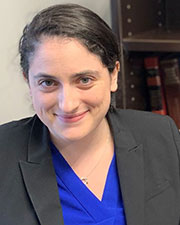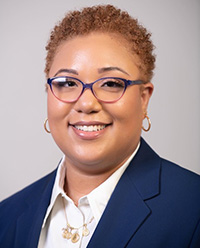Q: I have been abused by my spouse/live-in partner, what relief can I seek?
A: You can seek a Protective Order (Temporary, or Interim if afterhours, and Final), under which the court may order your spouse/live-in partner to vacate the family home, stay away from your house, work, and your children’s school(s) and daycare, and not to contact you and/or your children, if appropriate. The court can also order the abuser to pay emergency family maintenance to help you pay your living expenses, can decide temporary custody and visitation of your children, and can order the victim to have use and possession of the family home and vehicle.
Peace Orders may require the abuser to stay away from the victim, not to contact the victim, to stop the abuse, harassment and threats of harm, as well as provide for counseling for either or both the abuser and victim.
Q: What is the difference between a Protective Order and a Peace Order?
A: Protective Orders are available to people with the following relationships: spouse, blood relative, boyfriend/girlfriend, parent/step-parent-child, child in common, residing with vulnerable adult/minor child, and related by blood to vulnerable adult/minor child. A Protective Order protects such persons from abuse that includes physical harm, imminent danger of serious physical harm, and certain criminal offenses. Please see our Protection from Abuse and Violence page for more detailed information about Protective Orders.
A Peace Order may be obtained between persons who do not have the specific relationships noted above, to protect from abuse that includes physical harm, imminent danger of serious physical harm, certain criminal offenses, harassment, stalking, trespass, and malicious destruction of personal property. A Peace Order generally requires the abuser to stay away from the victim’s residence, work/school, and to refrain from contact with the victim. If you need to seek a Peace Order after hours, you must go to the District Court or District Court Commissioner. Please see our Protection from Abuse and Violence page for more detailed information about Peace Orders.
Q: How can I obtain a Protective Order?
A: Andaman & Flynn’s experienced attorneys can assist you. If you are unable to meet with an attorney before obtaining a Protective Order or if you require protection after hours, you can go to any District Court or Circuit Court or to the District Court Commissioner’s office to obtain a protective order 24 hours a day. If you obtain an Interim or Temporary Protective Order before consulting with an attorney, you should immediately consult with an attorney afterward for representation at the Final Protective Order hearing and for help extending the Protective Order, if needed. As discussed in more detail on our Protection from Abuse and Violence page, the Final Protective Order hearing is a critical step in the process, and is difficult because of the clear and convincing evidence required to prove your case. An experienced domestic violence attorney can guide you through the process and increase your chances of a successful outcome in your domestic violence case.








